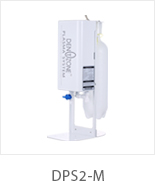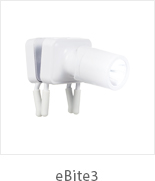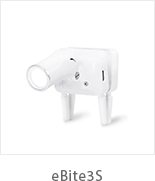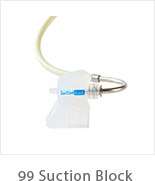| Title | Title: Understanding Oxygen Sensors: Function, Importance, and Mainten… |
|
Introduction: Shock absorbers are an essential component of a vehicle's suspension system, helping to provide a smooth and comfortable ride while also ensuring better handling and control. In this article, we will explore what shock absorbers are, how they work, and why they are crucial for vehicle safety and performance. By familiarizing yourself with what's under the hood of your vehicle, you can feel more confident in understanding how your car operates and identify any potential issues early on. Regular maintenance and care of the engine compartment can help keep your vehicle running smoothly and ensure its longevity on the road. Conclusion: Shock absorbers are an integral part of a vehicle's suspension system, providing improved handling, comfort, and safety. Regular maintenance and inspection of shock absorbers are essential to ensure optimal performance and longevity. By understanding how shock absorbers work and their importance, drivers can make informed decisions to keep their vehicles in top condition for a smoother and safer ride. 2. **Check Engine Light:** This light can indicate a wide range of issues, from a loose gas cap to a faulty sensor. It's important to have the issue diagnosed by a professional to prevent further damage. Introduction: Oxygen sensors, also known as O2 sensors, play a crucial role in ensuring the optimal performance and efficiency of vehicles. These sensors are vital components of the exhaust system, monitoring the level of oxygen in the exhaust gases to help the engine run efficiently and reduce harmful emissions. In this article, we will explore the function, importance, and maintenance of oxygen sensors. Function: Oxygen sensors are located in the exhaust system of vehicles, typically either in the exhaust manifold or near the catalytic converter. The primary function of an oxygen sensor is to measure the amount of oxygen present in the exhaust gases. This information is then sent to the engine control unit (ECU), which uses it to adjust the air-fuel mixture for optimal combustion. Maintenance and Replacement: Routine maintenance of the fuel system, including the fuel pump, is essential to ensure the smooth operation of your vehicle. Regular fuel system cleanings and fuel filter replacements can help prevent fuel pump issues. What is a Fuel Pump? A fuel pump is a mechanical or electrical device that is designed to deliver fuel from the fuel tank to the engine. In most modern vehicles, the fuel pump is typically located inside the fuel tank to ensure a consistent flow of fuel to the engine. There are two main types of oxygen sensors: narrowband and wideband sensors. Narrowband sensors provide a voltage signal that fluctuates between rich (high voltage) and lean (low voltage) air-fuel mixtures. Wideband sensors, on the other hand, provide a more precise measurement of the air-fuel ratio, Data Logging allowing for more accurate adjustments to be made by the engine control unit. 3. Engine Longevity: Consistent fuel delivery is necessary to prevent engine damage due to lean or rich fuel mixtures. A failing fuel pump can disrupt this balance and potentially lead to premature wear and tear on the engine components. Signs of a Failing Fuel Pump: - Engine sputtering or stalling - Difficulty starting the engine - Decreased fuel efficiency - Unusual noises coming from the fuel tank - Engine misfires - Check engine light illuminated Both types of transmissions have their own set of advantages and disadvantages. Manual transmissions are often favored by driving enthusiasts for the sense of control and engagement they provide, while automatic transmissions are preferred for their ease of use and smooth operation. Importance of a Well-Functioning Fuel Pump: 1. Engine Performance: A well-functioning fuel pump ensures that the engine receives the proper amount of fuel for combustion, which is crucial for optimal performance. A faulty fuel pump can lead to engine misfires, stalling, and sluggish acceleration. The phrase "under the hood" is commonly used to refer to the engine compartment of a vehicle. This is where all the magic happens – where fuel is turned into power, allowing your car to move and operate smoothly. Understanding what's under the hood can help you become more knowledgeable about your vehicle, as well as help you pinpoint any potential issues that may arise. How Do Shock Absorbers Work? When a vehicle hits a bump, the springs in the suspension system compress to absorb the impact. However, without shock absorbers, the springs would continue to bounce up and down, causing the vehicle to bounce uncontrollably. Shock absorbers act to dampen this bouncing motion by converting kinetic energy into heat, which is dissipated through the fluid or gas inside the shock absorber. 4. Enhanced Safety: Shock absorbers play a critical role in maintaining stability and control, especially during emergency maneuvers or sudden stops. They help to prevent the vehicle from skidding, sliding, or rolling over, thereby increasing safety for the driver and passengers. |
|











